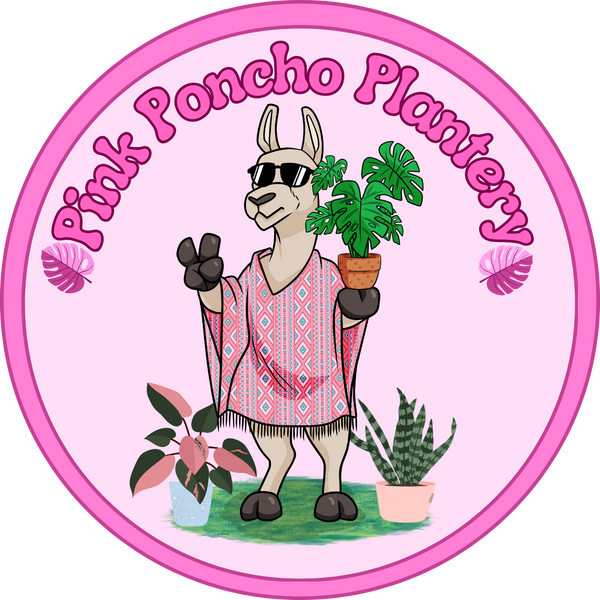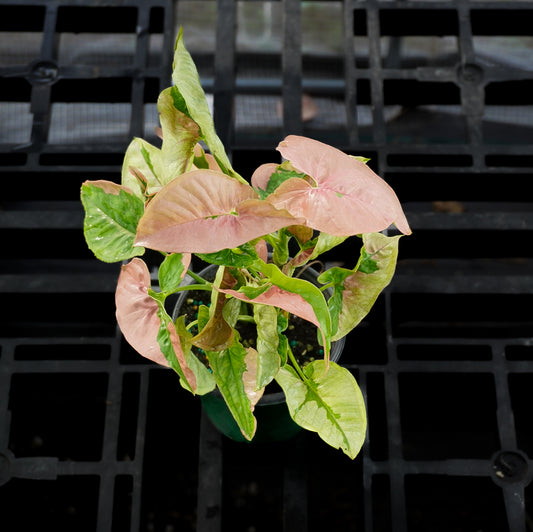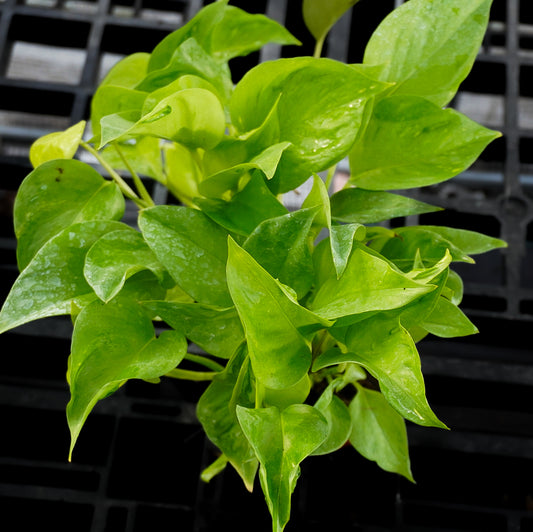Anthurium Care Guide
Pink Poncho Plantery Guide: Caring for Your Anthurium
Anthuriums are exotic, tropical plants known for their glossy foliage and striking blooms. Whether you have a classic Anthurium andraeanum or a rare Anthurium warocqueanum, this guide will help you keep your plant thriving! 🌿💖
Light Requirements
🌱 Common Anthuriums (Flowering Types): Bright, indirect light for best blooms. Tolerates lower light but may flower less.
🌟 Foliage & Rare Anthuriums: Need medium to bright indirect light for optimal growth. Too little light can lead to leggy growth.
💡 Avoid direct sunlight, which can scorch delicate leaves.
Watering
- Water when the top 1-2 inches of soil feel dry (typically once a week).
- Anthuriums prefer to be kept lightly moist but not soggy.
- Use filtered or distilled water if you notice browning tips.
Humidity & Temperature
🌿 Anthuriums thrive in high humidity (60-80%).
🌟 Rare varieties like A. clarinervium and A. magnificum need extra humidity—use a humidifier or pebble tray.
🌡 Ideal Temperature: 65-85°F (18-29°C). Avoid cold drafts and dry air!
Soil & Potting
A well-draining, airy mix is best:
- 40% orchid bark
- 30% perlite
- 20% coco coir or peat moss
- 10% charcoal (improves aeration & prevents root rot)
📌 For rare Anthuriums, a chunky aroid mix helps prevent root suffocation.
Fertilization
🌱 Use a balanced liquid fertilizer (20-20-20) once a month in spring and summer.
🌟 For flowering Anthuriums, a phosphorus-rich fertilizer (such as 10-30-20) boosts blooms.
🛑 Avoid over-fertilizing, as excess salts can cause root burn.
Pruning & Maintenance
- Remove yellowing or damaged leaves to keep the plant healthy.
- Clean leaves with a damp cloth to remove dust and improve photosynthesis.
- If an Anthurium stops blooming, check light, humidity, and nutrients.
Support & Growth
🌱 Some large-leaf Anthuriums (e.g., A. warocqueanum, A. veitchii) benefit from a moss pole or stake to support their weight.
💡 For a bushier plant, rotate your Anthurium regularly for even light exposure.
Propagation (For Both Flowering & Foliage Anthuriums)
- Best propagated through division or stem cuttings with roots.
- Air-layering works well for rare Anthuriums.
- Seeds are slow-growing and require high humidity & warmth.
💡 For variegated Anthuriums, propagate from a section that retains variegation.
Common Problems & Solutions
| Issue | Cause | Solution |
|---|---|---|
| Yellow leaves | Overwatering | Let soil dry before watering again |
| Brown leaf tips | Low humidity or hard water | Increase humidity, use filtered water |
| No blooms | Low light or lack of nutrients | Move to a brighter spot, use bloom fertilizer |
| Leggy growth | Insufficient light | Provide a grow light or move to a brighter spot |
| Black spots on leaves | Fungal infection | Improve airflow, use a fungicide if needed |
Popular Anthurium Varieties
🌿 Anthurium andraeanum – Classic red-flowered variety, also in pink and white.
🌱 Anthurium clarinervium – Dark velvety leaves with striking white veins.
🌟 Anthurium magnificum – Large, dramatic leaves with a leathery texture.
✨ Anthurium warocqueanum – The Queen Anthurium, known for its long, elegant leaves.
💛 Anthurium veitchii – The King Anthurium, featuring rippled, pleated foliage.
🌿 Anthurium forgetii – Cute, round-leaved variety without a sinus.
For more plant care tips, visit Pink Poncho Plantery and let Pacha the llama guide you to your next leafy treasure! 🦙🌿💖
Happy planting! 😊





